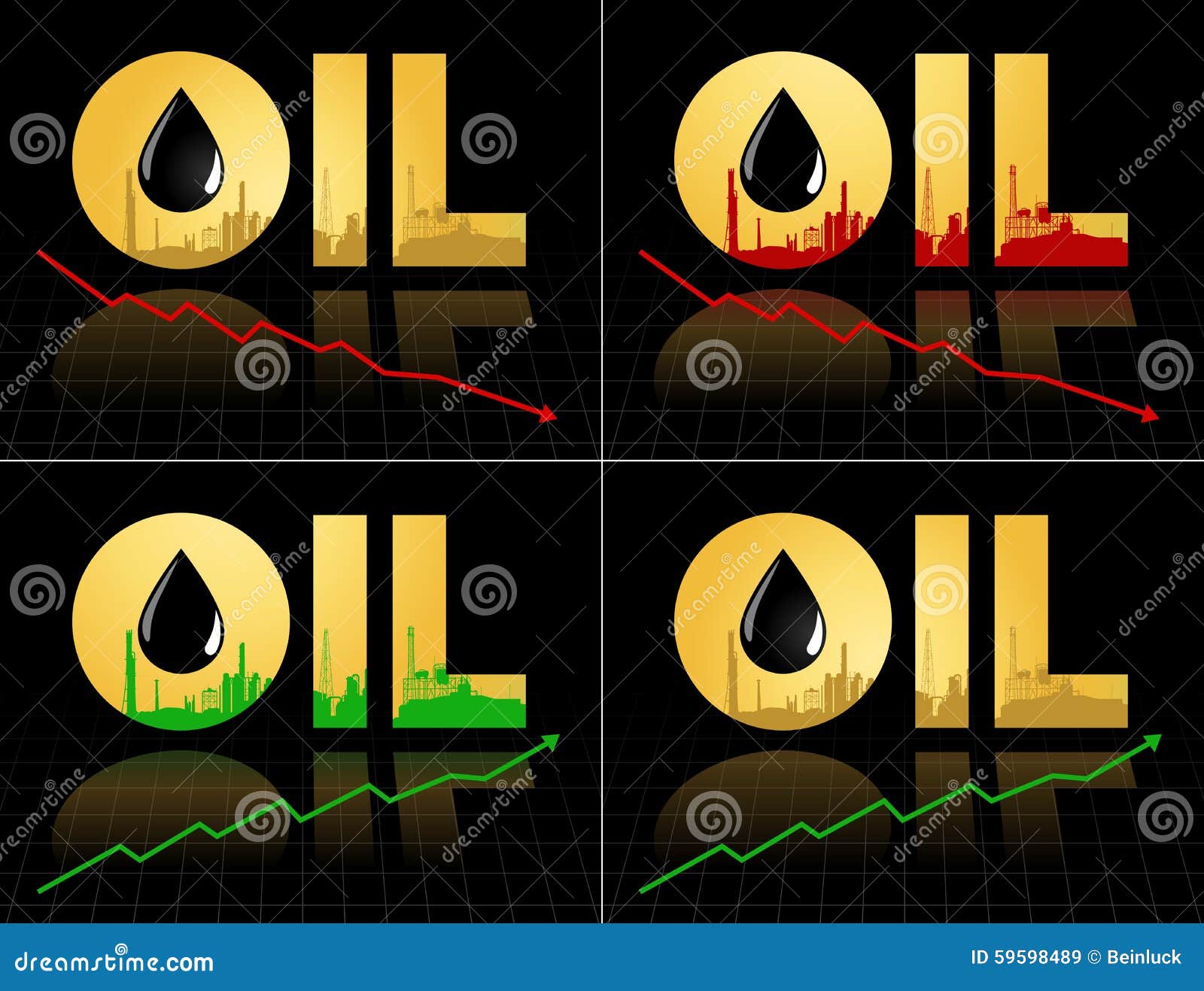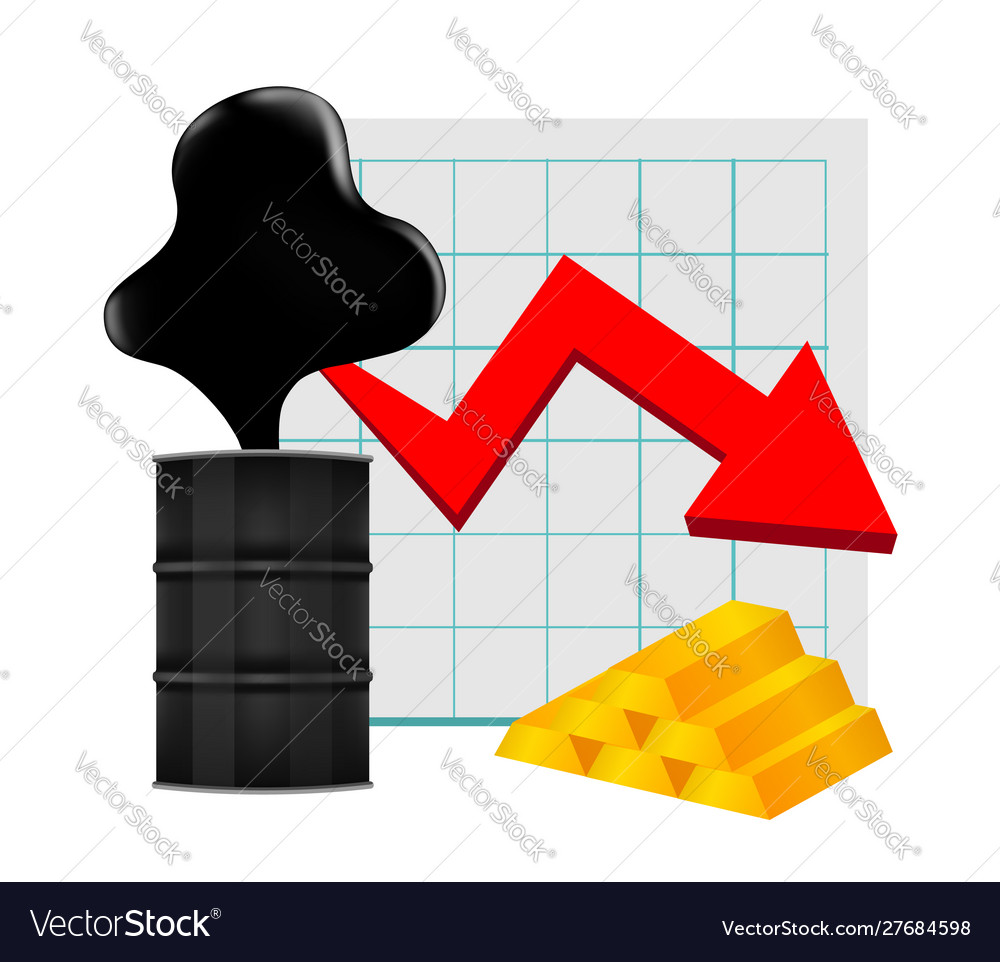In the realm of commodity markets, crude oil stands as a pivotal force, driving the energy needs of nations and influencing global economies. As a savvy investor, recognizing the intricacies of crude oil option trading can unlock lucrative opportunities while managing risk.

Image: www.dreamstime.com
Trading crude oil options offers investors the ability to speculate on the future price movements of crude oil without taking physical delivery of the commodity. This instrument provides flexibility, leverage, and the potential for substantial gains. To navigate this complex market effectively, it’s essential to grasp the fundamentals of crude oil option trading.
Anatomy of a Crude Oil Option
An option contract represents a right, but not an obligation, to buy (call) or sell (put) an underlying asset, in this case, crude oil, at a specific price (strike price) on or before a predetermined date (expiration date).
Types of Crude Oil Options
Call Options
Call options confer the right to buy crude oil at the strike price. If the market price of crude oil exceeds the strike price at expiration, the call option becomes profitable. Investors purchase call options when anticipating a rise in crude oil prices.

Image: www.vectorstock.com
Put Options
Put options provide the right to sell crude oil at the strike price. When crude oil prices fall below the strike price, put options become valuable. Investors opt for put options when expecting a decline in crude oil prices.
Key Influencers of Crude Oil Prices
Understanding the factors that drive crude oil prices is crucial for successful option trading:
- Global economic growth
- Geopolitical events and supply disruptions
- Government regulations and policies
- Production levels and technological advancements
- Seasonality and weather patterns
Expert Tips for Crude Oil Option Trading
1. Market Analysis and Due Diligence
Conduct thorough research and analysis to understand crude oil market trends, supply and demand dynamics, and historical price movements. Gather insights from credible news sources, industry reports, and market experts.
Recognize that crude oil markets are highly volatile, influenced by geopolitical factors, natural disasters, and global economic events beyond your control. Adjust your trading strategy accordingly to mitigate risks.
2. Option Selection and Risk Management
Choose options contracts with strike prices andexpiration dates that align with your market outlook. Consider factors such as time decay (loss of time value) and implied volatility (market’s perceived risk).
Implement sound risk management strategies, such as setting stop-loss orders, position sizing, and hedging techniques, to limit potential losses and preserve capital.
FAQ on Crude Oil Option Trading
Q: What are advantages of trading crude oil options?
A: Leverage, flexibility, potential for unlimited profits (in call options), and hedging against price fluctuations.
Q: What are the risks involved?
A: Market volatility, potential for significant losses, time decay, and geopolitical uncertainties.
Q: How can I learn more about crude oil option trading?
A: Consult industry experts, attend workshops, study trading resources, and practice with a demo account.
Crude Oil Option Trading
Conclusion
Crude oil option trading presents a dynamic investment opportunity for those seeking to capitalize on price fluctuations in this crucial commodity. By understanding the fundaments of option contracts, market influences, expert tips, and potential risks, investors can navigate this market with confidence and potentially reap rewards.
Are you ready to venture into the world of crude oil option trading and explore its potential benefits? Embrace the complexities, stay informed, adapt your strategy, and harness the power of this financial instrument to enhance your investment portfolio.






